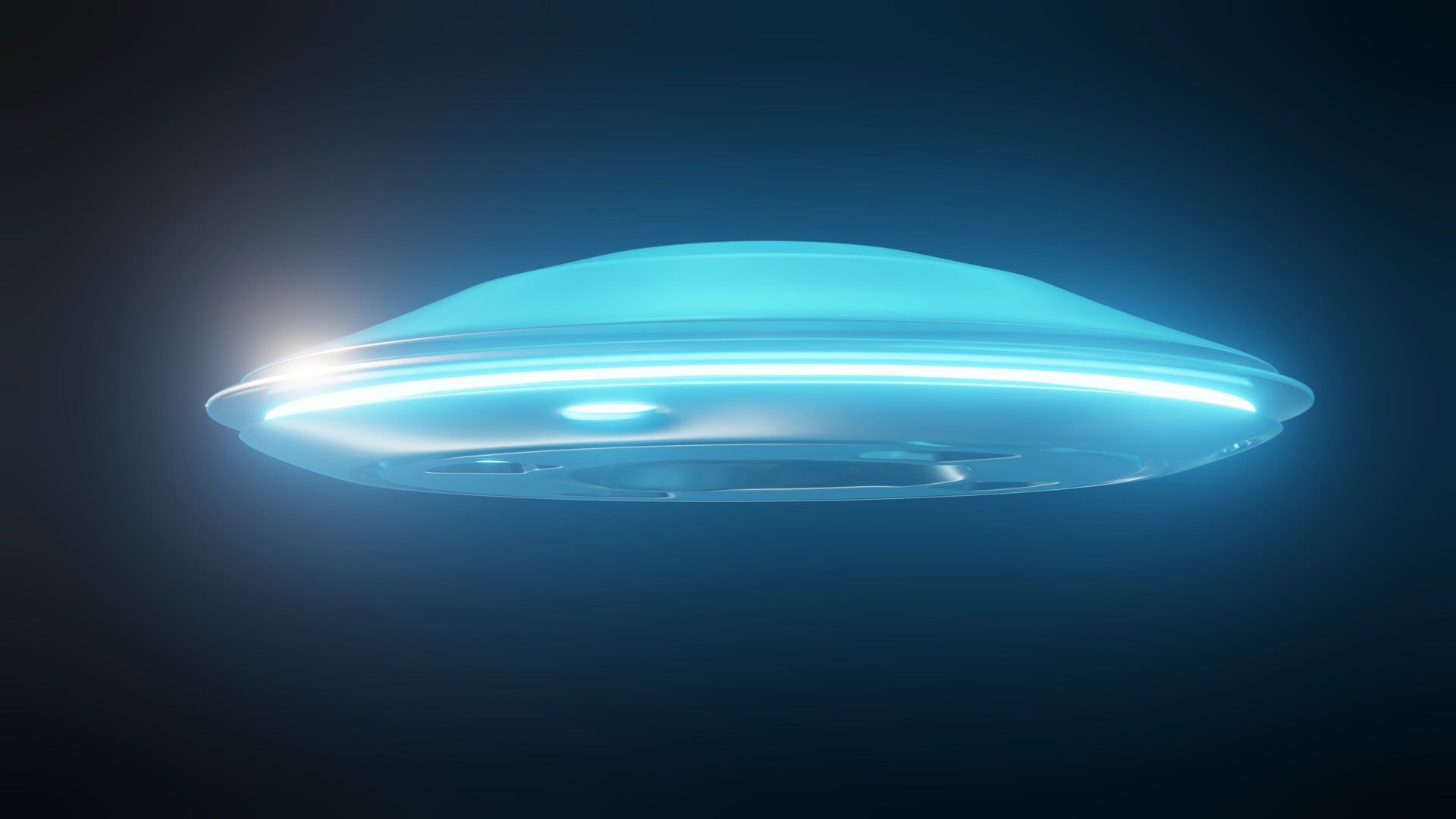Long Distance Flight and Space Colonies
How important is fast space flight?

Serious consideration in colonization of the moon or other planetary bodies requires very fast travel speeds to get there. Traveling eight months one way on a trip to Mars is an excessively long time. A previous blogpost shows relevant times with more appropriate speeds.
The current time frame for a flight to Mars is 7 to 8 months. Top speed for a rocket to Mars is 25,000mph. Why?
When will space flight be fast?
In November 2021, the NASA solar probe, Parker, had become the fastest object built by humans. It passed the Sun at a speed of 364,621mph. This was accomplished by its “gravity assist” speed boost in making a close passage to Venus.
Just to be clear: the pentacle of human speed is not by propulsion.
Using the best rocket science engineering available, rocket power has achieved 25,000mph. Light speed (C) is 186,828 miles per second. 25,000mph is one-twenty-five-thousandth of C (actually, 0.000037279123279345). For human intellectual engineering to reach only 1% of C, it requires a mechanism to attain the speed 186.282 miles/second, or 670,617,000 miles/hour. Parker, NASA’s solar probe, reached half the speed of 1% of C. How? By utilizing the attractive nature of gravity.
(An update to the Parker mission: Dec 28 2023, Parker reached a speed of 394,736 in its perihelion.)
As human life expands, both in population and intellectual advances, how important is space flight? Space is referred to as ‘the next frontier’. Exploration is a natural human trait. There are unknown and unexplored opportunities of every kind in space. The barrier to space exploration is the excessively slow launch and travel speed.
The product of a chemical explosion as fuel for rocket propulsion is an instantaneous molecular expansion. Its release of energy is in 360 degrees. The current design of rocket propulsion requires this massive 360-degree release of energy. A rocket’s trajectory, however, is only in 1 degree of direction from that energy release. This horrendous waste of energy will always eliminate current rocket technology from being a practical method of energy use for efficient space flight travel.
Why does the entire space industry pursue this obstacle of engineering? It’s called procedure but, people get paid to do what they’re told to do. To disagree with protocol is disruptive and without question, grounds for dismissal. In pointing out the serious flaw of propulsion as the basis of space flight is by no means a particular criticism to the genius engineering and work of the space industry. And yet, pursuing rocket propulsion is like making the best of what you have by asking directions from a blind person, by pointing.
Aeronautics is intimately tied to propulsion technology. It’s dependent upon the pushing force necessary to force an object through the atmosphere. Traveling in space is a different science, its source of motion should be very different. For some space missions, it is. Those space missions using gravity as a source for motion are able to capture and maintain tremendously faster speeds. And yet, even those rocket launches display the horridly violent but exciting volatile explosions as the gas filled cylinders are ignited in an attempt to contain one degree of trajectory in the massive 360-degree energy release.
What’s important for space flight?
Reaching fast speeds for space travel is the most important aspect of carrying humans into space (safety as a pre-concluded assumption). How do humans attain the necessity for fast space travel? A major focus throughout the CATTCC blogposts is research to discover new methodologies for space flight.
One example is the ship allegedly built by Otis Carr. A storyline that conflicts the clouded and questionable government attack against Carr, is a detailed story from Ralph Ring. This blogpost is to support the concepts spoken about by Otis Carr and Ralph Ring, rather than an essay to argue politics. Arguably, however, disbelief seems to be the status of non-traditional technological research regarding work outside the accepted methodologies of rocket science.
In 1960, Otis Carr is said to have built a vehicle that was capable of space flight. This vehicle, and where it was built is unaccounted for in any government documentation, or other source. The vehicle’s details are closely described only in Ralph Ring’s personal account.
Other technology concepts from David Hamel and John Searl, also provide a lot of controversy. And, of course, there is considerable skepticism and doubt from The Bible’s account of a flying apparatus being described 2,500 years ago.
Thus far, CATTCC’s research shows that fast speed for space flight include the manipulation of gravity, electrogravitics, magnetism, and spin.
How to pursue technology research
The methodology of discovery for unknown technology is risk. Funding is illusive and considered either frivolous with no ROI or, as illustrated by Otis Carr and others; fraudulent until proven accepted by mass market implementation.
How did Nikola Tesla develop products? His lab was his mind. He would conceptualize an idea and perform experiments step by step in his mind; seeing the process of reactions to different application processes. This is the first step towards development is to understand concepts and sharing its visualization. This is where design is displayed for the aspects to the manipulation of gravity, electrogravitics, magnetism and spin hold relationship to each other.
Eventually, it merges into place and a product is manifest into a prototype for production.
After attaining fast space flight
Once the space industry overcomes the obstacle of explosions for vehicle launches, there is an entirely new set of circumstances awaiting. Next is the practicality and building long term space station habitations. Space science engineering has already mastered phenomenal work in this arena. Schematics of space stations and design drawings of space stations is amazing. From recycled water to the stations creating their own gravity is already established. Yet, one of the most important components for sustainability and to enjoy human experience is to have the presents of Earth’s everyday dirt. is
Are there other places in space that can accommodate human life? Space stations can be built as large habitable containment colonies. Or they can theoretically be built on otherwise uninhabitable planet surfaces.
Future plans for exploration include this: https://phys.org/news/2022-07-nasa-mission-samples-mars-soil.html
In the perpetual expanse for technological achievement is step for building sustainable habitats.



